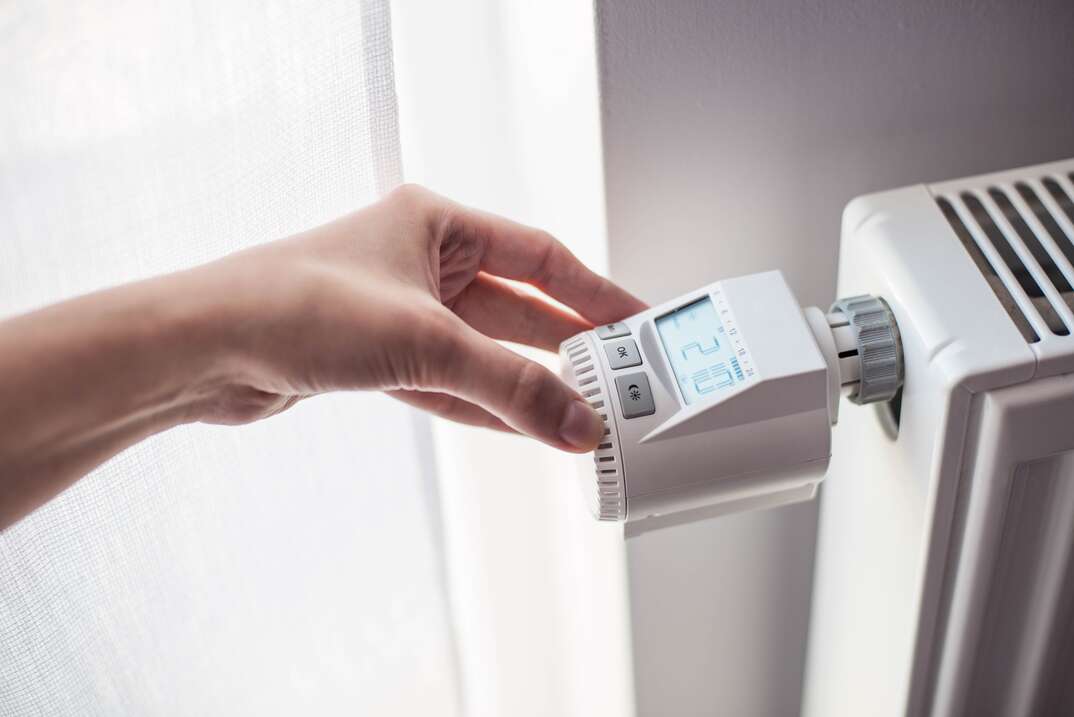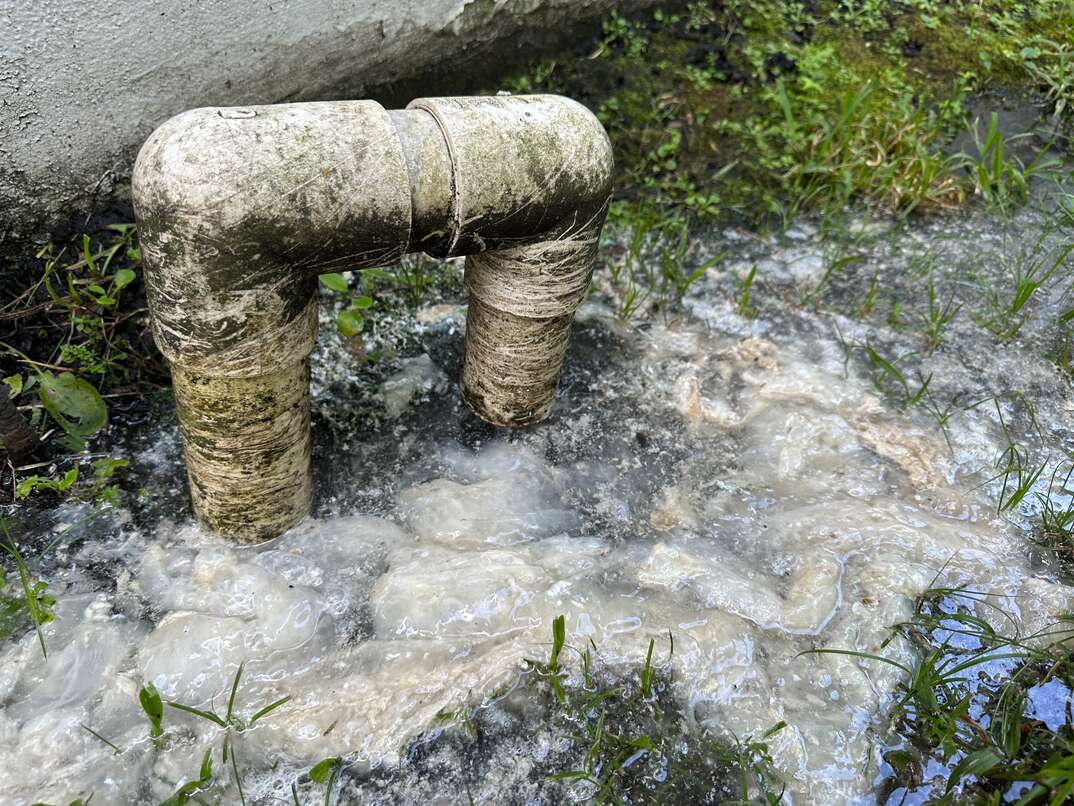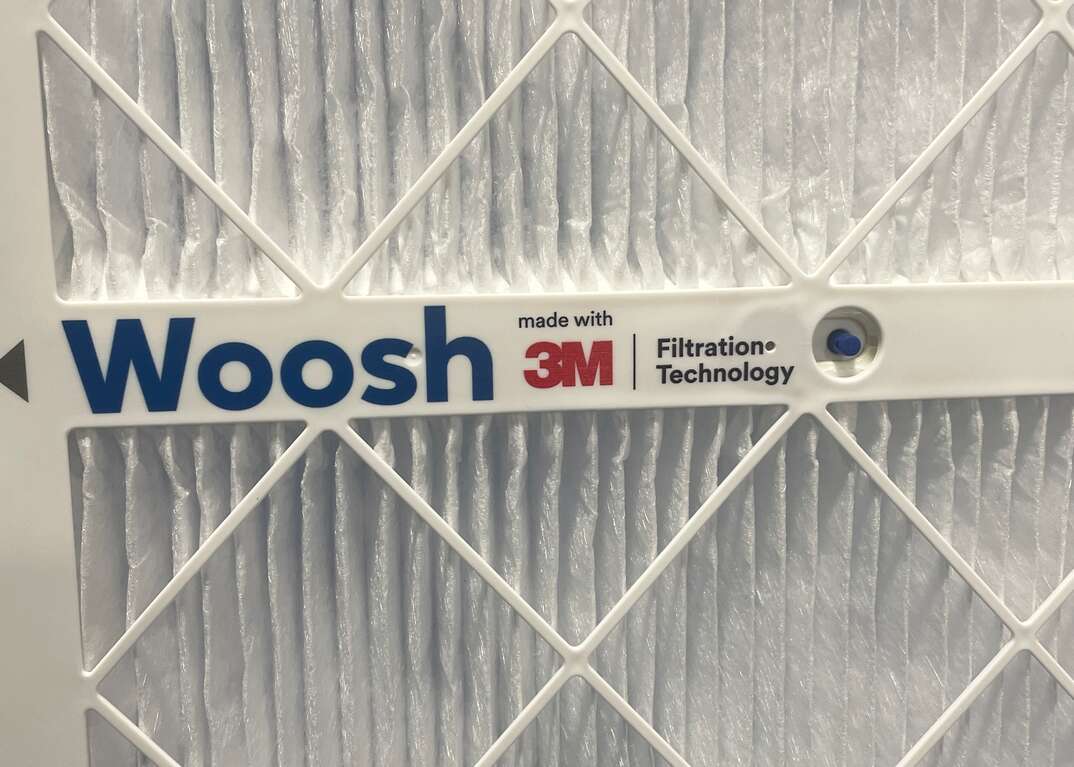What's a Thermostatic Radiator Valve?

Do you want to keep your home cozy and comfortable without wasting energy or money? You might want to consider installing thermostatic radiator valves on your radiators.
This May Also Interest You: Noisy Radiator: Why Does My Heating System Clang?
What Is a Thermostatic Radiator Valve?
A thermostatic radiator valve controls the temperature of a room by adjusting the flow of hot water to the radiator. A TRV has two parts: a valve head and a valve body.
The valve head contains a capsule that expands or contracts depending on the room’s air temperature. The valve body has a pin that opens or closes the valve according to the movement of the capsule. The TRV lets you set your desired temperature for each room. They're easy to install and operate and come in different styles and colors.
How Does a Thermostatic Radiator Valve Work?
Imagine something that constantly feels the room's temperature and responds based on your settings and preferences. That's essentially what a TRV does. Inside its compact body is a complex interplay of physics and mechanics that work as follows:
Part 1: Hot Water Enters the Radiator
Hot water from your heating system flows through the valve body, which is connected to your radiator.
Part 2: The Device ‘Feels’ the Room
A temperature-sensitive element, often filled with wax or liquid, sits within the valve. It continuously senses the room's temperature.
Part 3: The Device Responds to Ambient Temperature
As the room warms up, the temperature-sensitive element expands, moving the pin connected to the valve.
Part 4: The Pin Closes the Valve
As the pin moves, it partially or completely closes the valve, restricting the flow of hot water into the radiator, thus causing it to cool down and subsequently stabilizing the room’s temperature.
Part 5: The Pin Opens the Valve
When the room gets cooler, the element contracts, moving the pin in the opposite direction. This opens the valve to allow more hot water in to heat the radiator and the room.
Thermostatic Radiator Valves: Control the Temperature
Think of TRVs as mini thermostats dedicated to each room, always working to maintain your desired temperature. Their ability to let you control each room means you no longer have to waste heat in unused rooms or feel chilly in specific areas. Modern TRVs provide even more control:
- Smart thermostats: Some TRVs connect to smart thermostats, allowing you to control them remotely or program heating schedules for different times and days — adding another layer of efficiency and convenience.
- Manual override: If you don’t want to rely solely on an automatic adjustment, most TRVs have a manual dial so you can set your desired temperature directly.
More Related Articles:
- How to Fix a Radiator Leak in 4 Steps
- How Much Does Boiler Repair Cost?
- How Much Does It Cost to Install or Replace a Boiler?
- How Does Heating Your Home With Oil Work — and Who’s Still Using It?
- How Much Does Heating Oil Cost?
Benefits of Thermostatic Radiator Valves
Now that we've covered the inner workings of a TRV, let's explore their advantages:
Comfort: Individual room temperature control means no more battling over the thermostat, as you can set each room to your preferred temperature for maximum comfort.
Efficiency: By heating only the rooms you need, you waste less energy, leading to potential savings on your heating bills.
Reduced carbon footprint: Lower energy consumption translates to a smaller carbon footprint, making your home — and you — more eco-friendly.
Improved boiler performance: TRVs can help regulate the overall heating demand on your boiler, leading to smoother operation and potentially extending its life span.
Easy installation: Replacing manual radiator valves with TRVs is straightforward for most DIY enthusiasts and relatively inexpensive if you call in a professional. Plus, over time, you may get that expense back in lower energy bills.
Things to Consider With Thermostatic Radiator Valves
While TRVs offer significant benefits, a few things require your attention:
- Placement: Ensure furniture or curtains don't block the TRV and impact its ability to sense the room temperature accurately.
- Maintenance: Like any mechanical device, occasional maintenance is crucial, so check for leaks and ensure the valves operate smoothly.
- Compatibility: Not all TRVs work with all heating systems, so it’s prudent to consult a professional or the manufacturer's instructions to ensure compatibility before installation.


